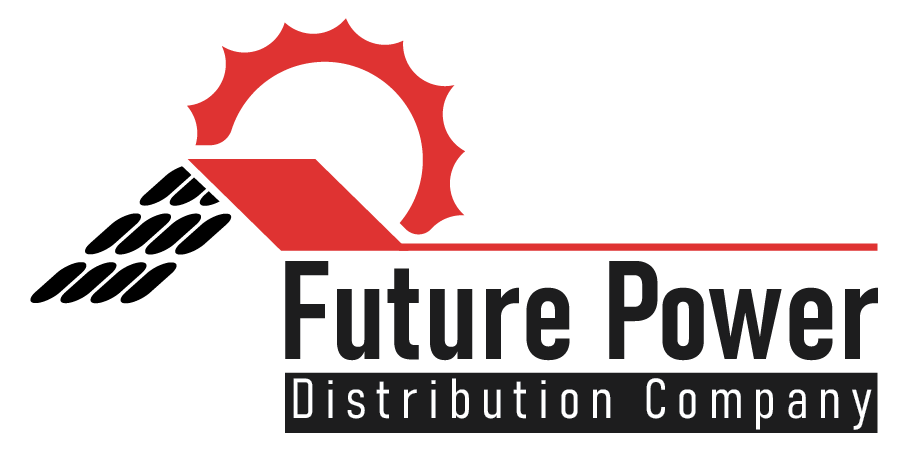The short answer is yes, solar panels work on cloudy days.
Future Power Distribution Company cells will still generate energy even when light is partially blocked or reflected by clouds. But there are a few things to consider when determining how much energy your panels can produce on those particularly overcast days.
DON’T SOLAR PANELS NEED DIRECT SUNLIGHT TO GENERATE ELECTRICITY?
Sunny conditions typically indicate fewer clouds in the sky, and thus less blockage between the sun and your panels. However, clouds can have a magnifying effect on sunlight thanks to their reflective properties. In some cases, this can improve the performance of your solar panels.
However, direct sunlight is much more reliable for solar energy production. While indirect sunlight on cloudy days will still generate power, direct sunlight gives you a more consistent, maximized energy output. You won’t have to rely on your utility company to power your home as long as you have a consistent energy source, which is less likely on cloudy days.
Direct sunlight also results in your panels generating more energy than you need, which will go back into the city’s grid and provide you with credit via net metering. Fortunately, you can tap into those energy credits to power your home on cloudy days when you need them most.
WHICH SOLAR PANELS WORK BEST IN CLOUDY CONDITIONS?
The more efficient your solar panels are, the more energy they’ll produce in cloudy conditions.
The same goes for the type of PV cells that your solar panels are made of. Some solar cells are able to capture a broader range of UV light, such as red and blue wavelengths. This contributes to higher energy production in various weather conditions, including cloudy days.
SunPower solar panels are the most efficient solar panels on the market, and thus able to produce more energy than those ranked below it. Their solar cells have a backside mirror, which is a thin layer of aluminum, that bounces light photons back into solar cells that didn’t absorb them during the first go-around. Essentially, light has a second chance at absorption.
This results in an overall greater energy output, especially on cloudy days when only certain types of UV light manage to hit your panels.

